Welcome to On Verticality. This blog explores the innate human need to escape the surface of the earth, and our struggles to do so throughout history. If you’re new here, a good place to start is the Theory of Verticality section or the Introduction to Verticality. If you want to receive updates on what’s new with the blog, you can use the Subscribe page to sign up. Thanks for visiting!
Click to filter posts by the three main subjects for the blog : Architecture, Flight and Mountains.

Introduction to Verticality
Ever since humans descended from the trees and out onto the savannah, we’ve gazed upward in wonder at the sky and the stars. Until fairly recently in our history, this space above our heads was a mystery. Our ancestors would witness the diurnal movements of the Sun and the Moon, and the brilliance of a glowing sunrise or sunset. The clouds would drop water and thundering bolts of light and energy. At night, they would witness a spectacular tapestry of light-emitting dots, and connect them into elaborate shapes. The sky has been a continual source of wonder throughout our history, and we’ve spent countless hours thinking about the world we see above our heads.
“You don’t build [the world’s tallest] skyscraper to house people, or to give tourists a view, or even, necessarily, to make a profit. You do it to make sure the world knows who you are.”
-Paul Goldberger, American architecture critic, born 1950.
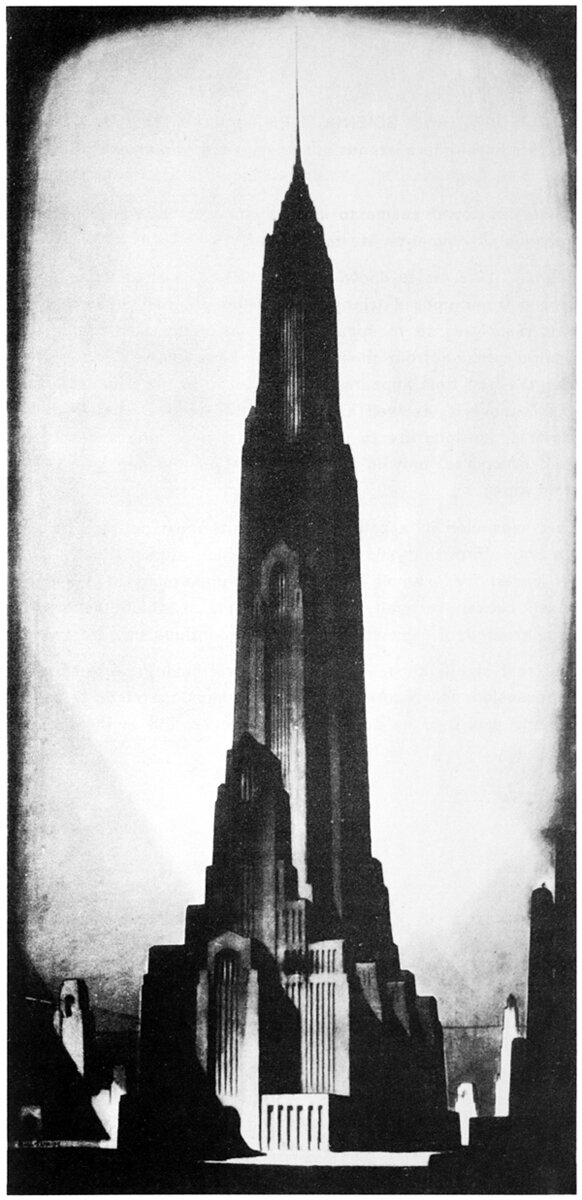
Hugh Ferriss and Religion on the Skyline
Hugh Ferriss was an architect and illustrator, best known for his charcoal renderings of skyscrapers in the first half of the 20th century. Pictured here is an illustration from his 1929 work The Metropolis of Tomorrow, titled Religion. This image and the underlying thought behind it’s creation ties into a larger trend around this time that saw religious structures attempt to re-take the skyline from commerce.
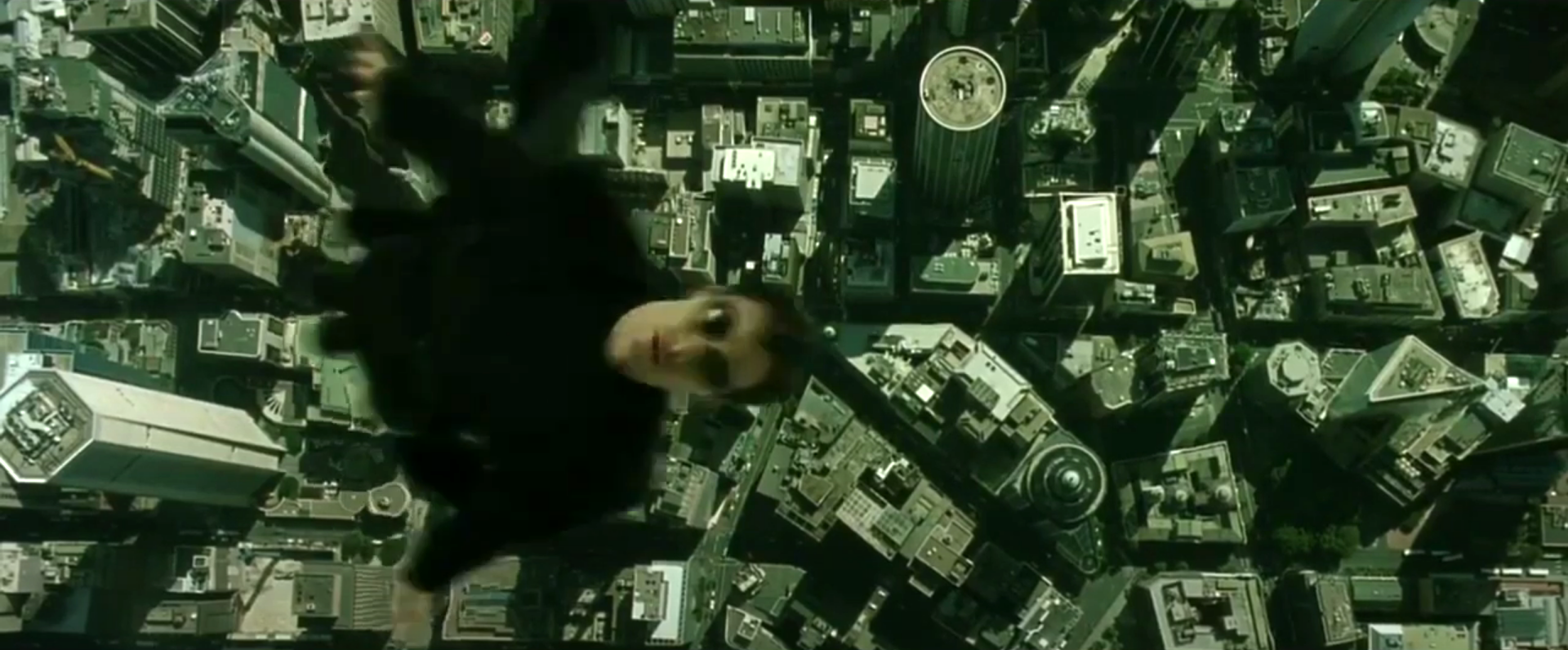
The Matrix and Verticality
I was watching the first Matrix movie a few days ago, and the ending scene stuck with me. It features the main character Neo, flying high above the city. Neo is a character that transforms into a God-like figure throughout the movie, and the end scene represents him realizing his full potential. What struck me was the writers’ choice to encapsulate this moment by showing him flying.
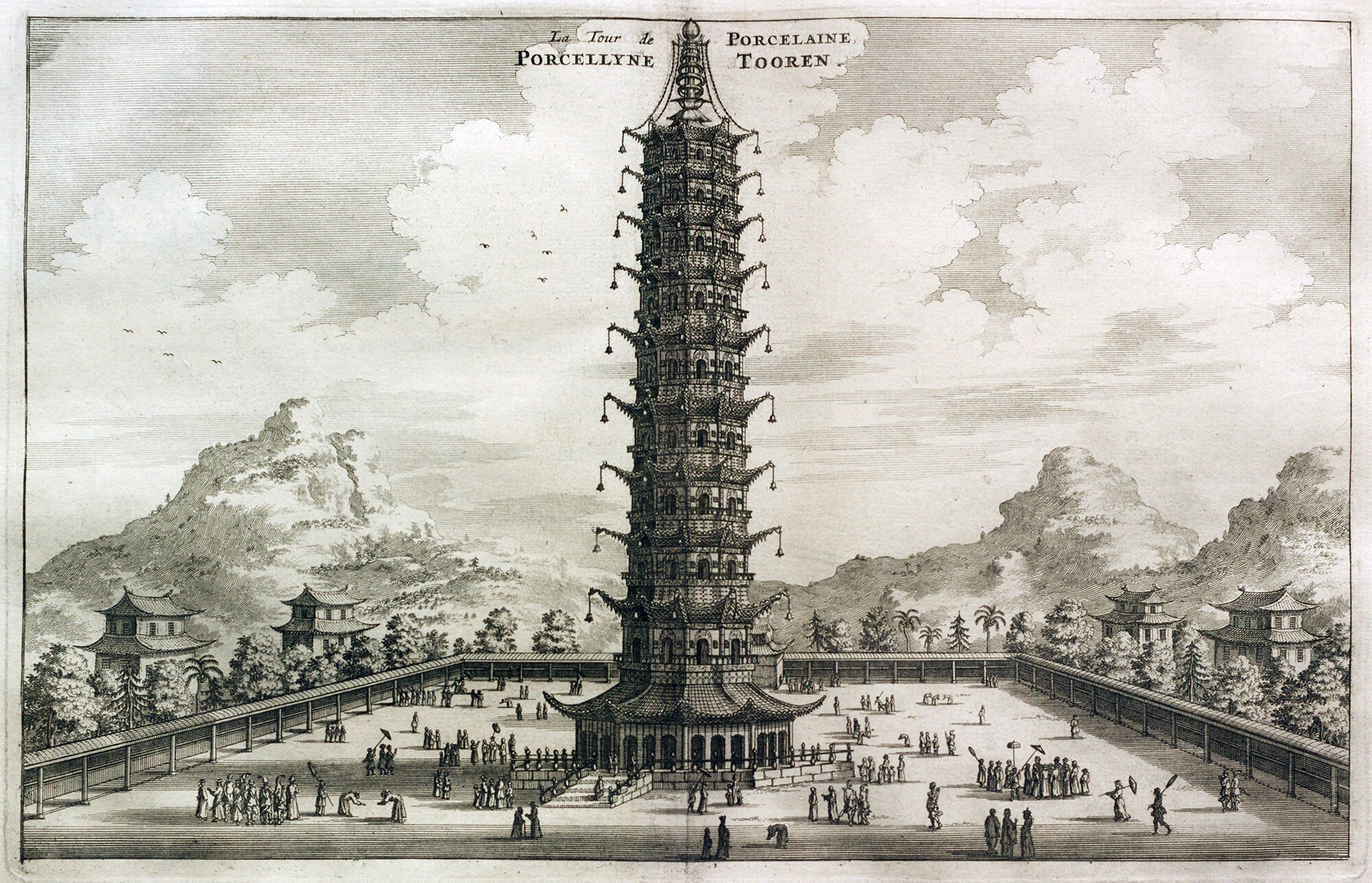
The Porcelain Tower of Nankin
This is the Porcelain Tower of Nankin. It stood at a height of roughly 79 m (260 ft), and is one of the tallest pagodas that we have records of. It was built as part of the Great Bao'en Temple in present-day Nanjing, China. Pagodas are usually associated with a temple, which suggests that they function much like a bell tower or steeple, using Verticality to announce the importance of a place.
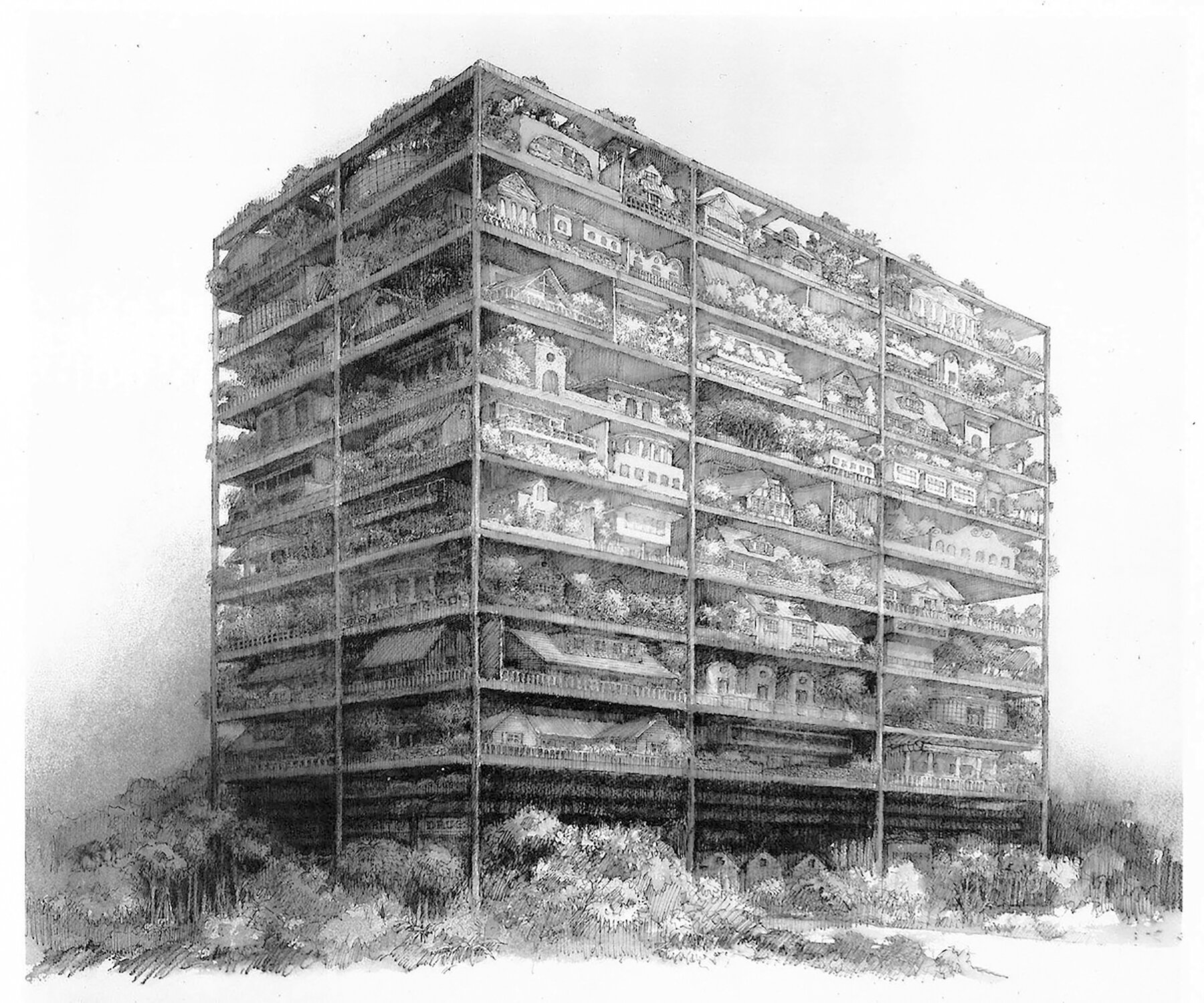
James Wines and the Highrise of Homes
This is the Highrise of Homes, designed in 1981 by James Wines and his firm SITE. The project consists of a series of stacked levels with individual homes built throughout each level. These homes appear much like the single-family detached homes of suburbia, which is a curious mashup of typologies. Wines is using Verticality to re-arrange a typical suburb into a vertical tower, complete with sidewalks, front and back yards, and pitched roofs. This rearrangement creates some curious scenarios and experiences which are worth pondering.
"Man must rise above the Earth, to the top of the atmosphere and beyond, for only thus will he fully understand the world in which he lives."
-Attributed to Socrates, classical Greek philosopher, circa 470-399 BC
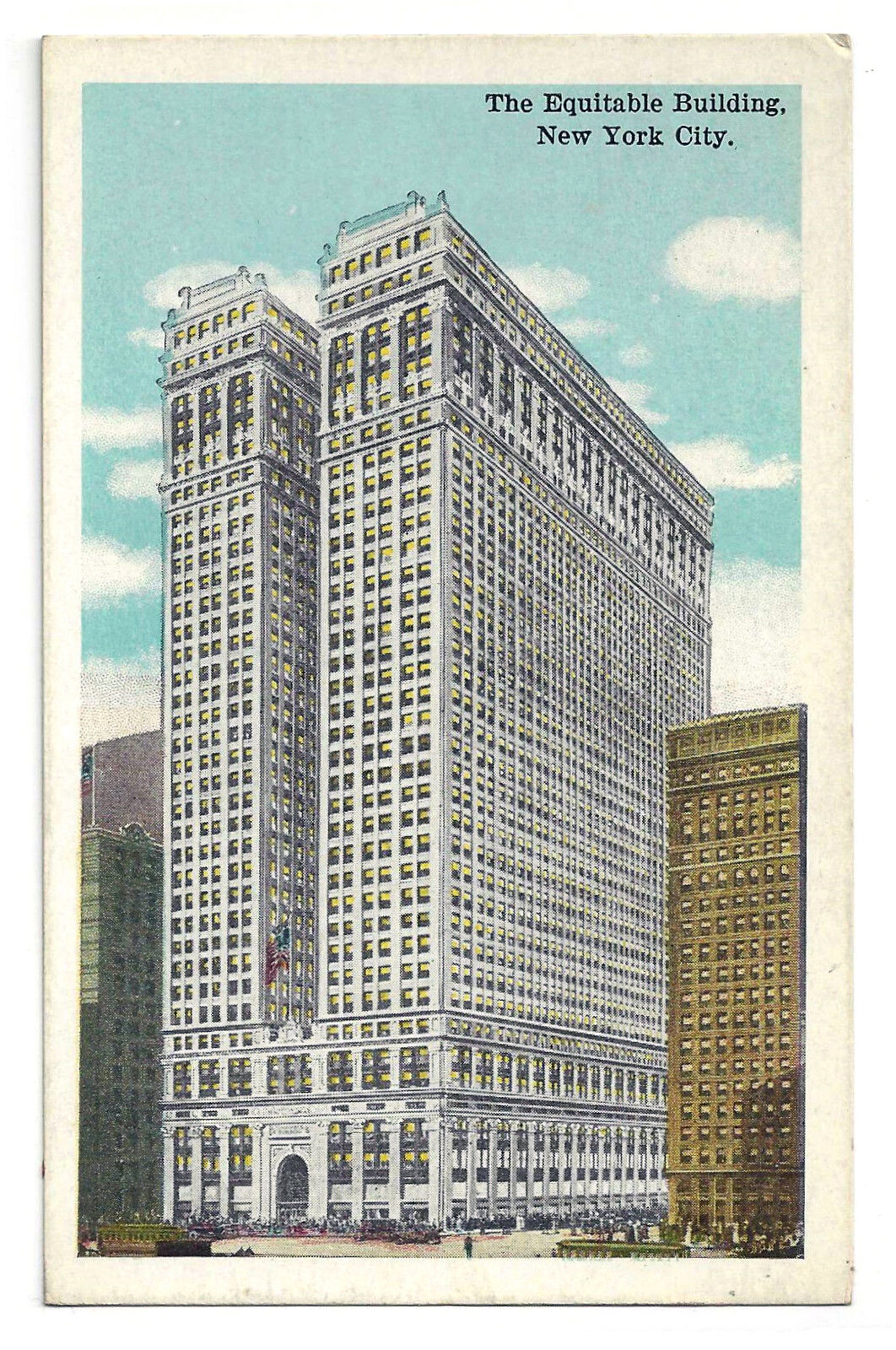
Verticality, Part IX: Man Upends God
The needs of man become more important than the needs of God
After the Renaissance, humanity would largely abandon our ambitions to recreate heaven on earth, and our focus would shift to raising up our bodies as far from the surface as possible. Rather than singular, largely empty spaces, our tallest and most ambitious constructions would become containers of stacked spaces, still with Verticality as the ultimate goal. We were beginning to escape the surface.
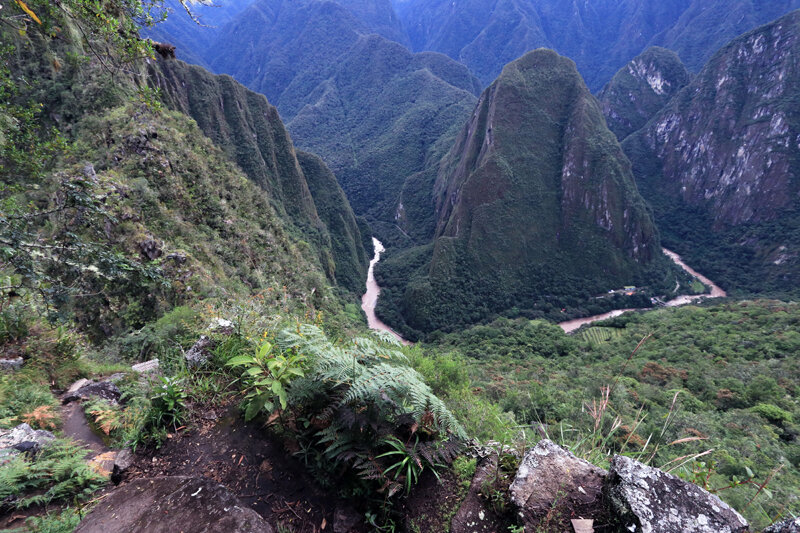
Anecdotes : Machu Picchu and A Fear of Heights
I recently took a trip to Machu Picchu in Peru, and spent four days hiking the Inca Trail through the Andes Mountains. The hike included exposed, narrow trails up steep mountain sides and cliffs, and the experience put me face-to-face with a long standing but waning fear of heights. It got me thinking about my personal history with this phobia, and how far I’ve come through exposure therapy.
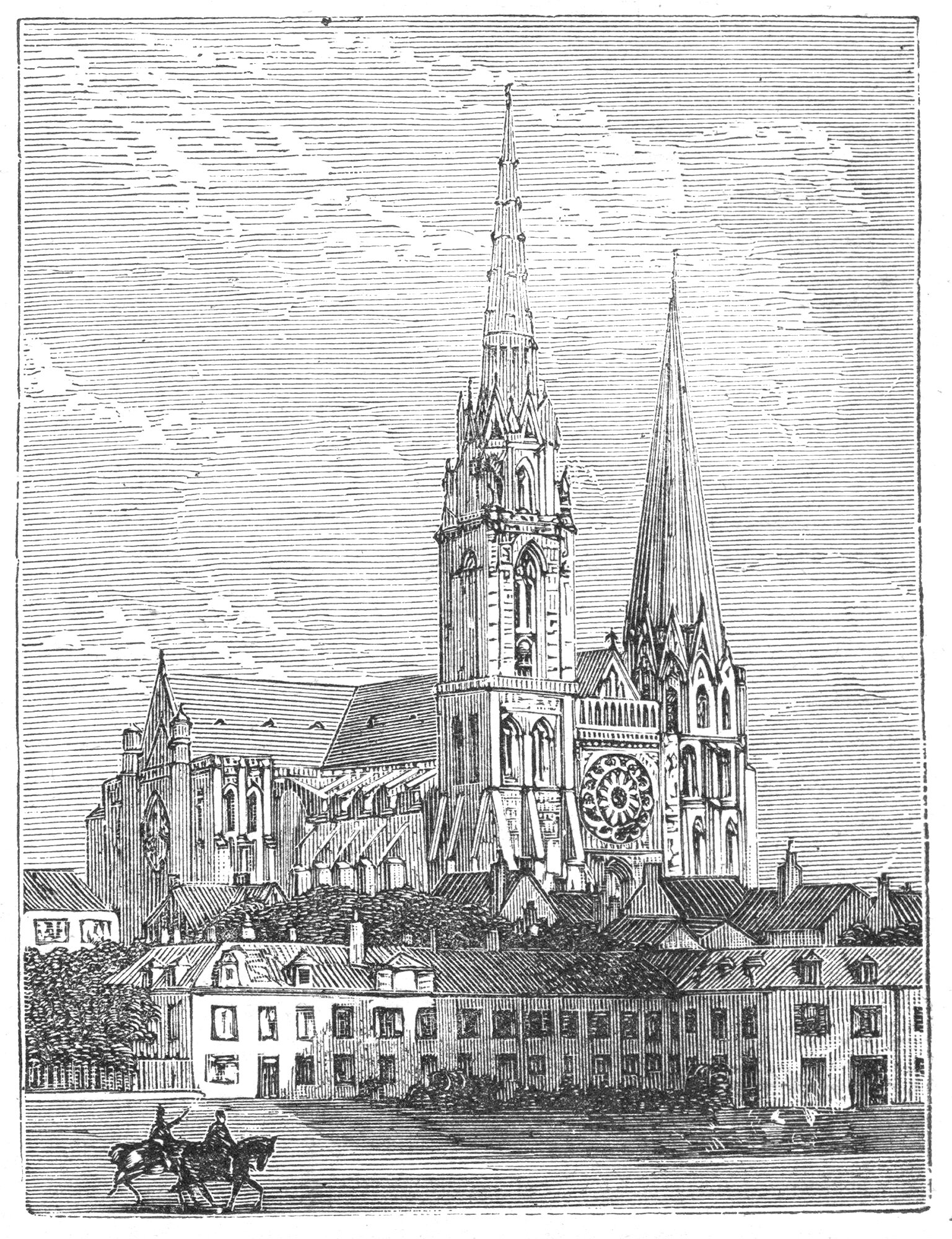
Verticality, Part VIII: God versus Ego
The human world becomes as important as the world of God
The rise of Christianity in the Western world would have profound effects on the built environment and human culture. Two major threads would combine to influence Early Christian architecture and culture. The first is the architecture of the Ancient Romans, who were already wrestling with Verticality. The second is the Book of Genesis and its central theme of Heaven (the above) and Hell (the below). Combine these two, and you get an ongoing battle between God and Ego that would see some of the most impressive structures of all time get built.
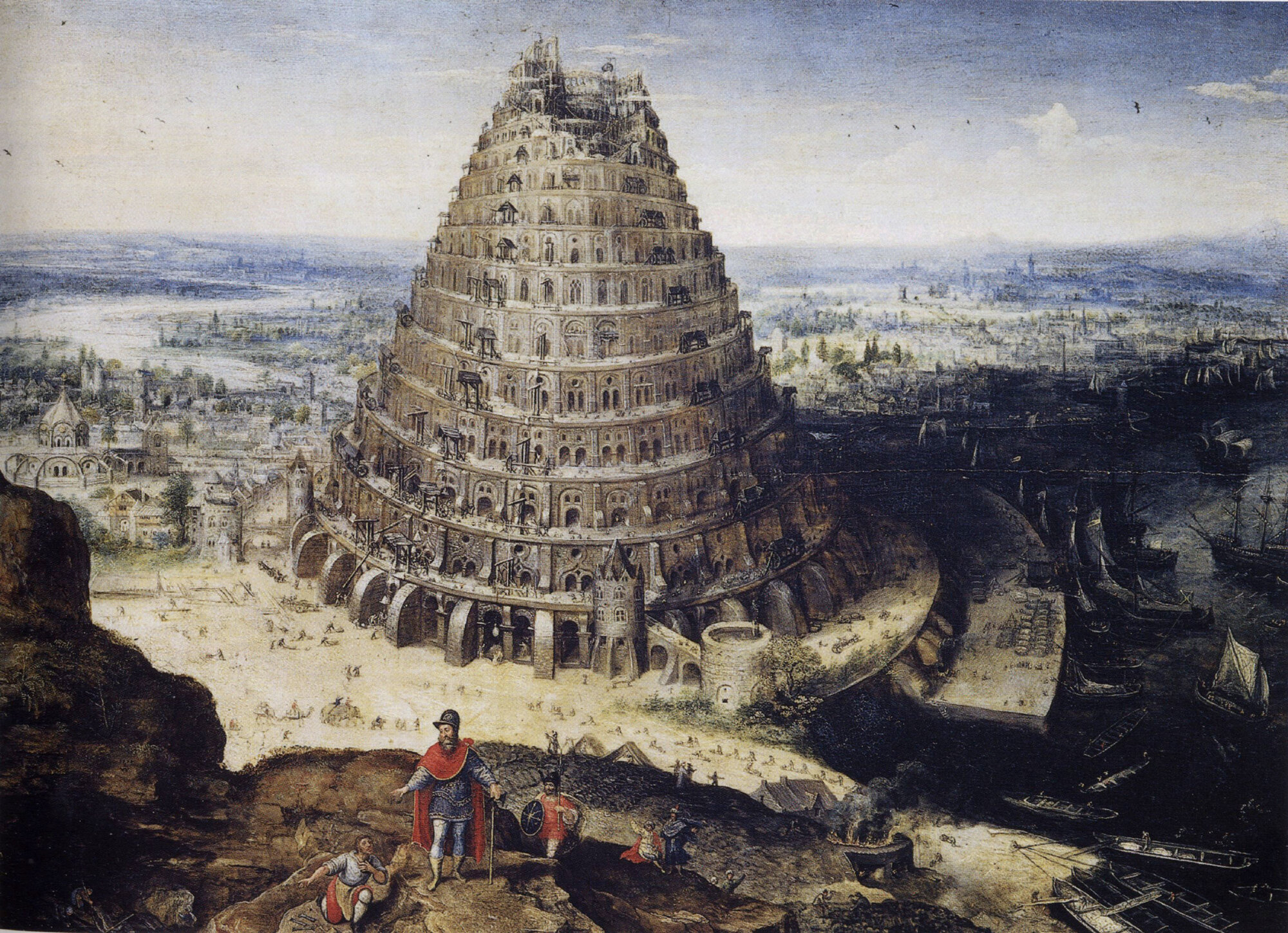
Verticality, Part VII: Heavens on Earth
Humanity’s first major attempts to recreate heaven on earth
In the previous section, we explored ancient civilizations and how they utilized Verticality in their architecture. In each of these civilizations, building a structure that connected the surface to the sky was seen as the pinnacle of human achievement. This was done to appease or satisfy some type of god or gods, and untold amounts of time and effort were spent on the road to achieving it. Throughout time, however, the needs of our gods would begin to see competition from the needs of humanity, or our own Ego.
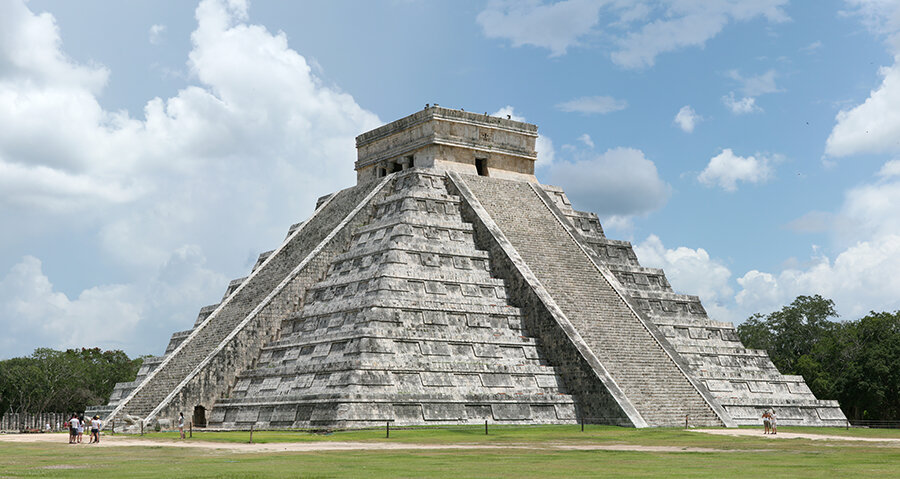
Verticality, Part VI: Archetypes
Man’s initial attempts to get closer to the sky in each of the five cradles of civilization
How does one achieve physical Verticality? At the most basic level, we can get closer to the sky in two ways. First, we can recreate the human body with singular elements that express height on their own. These objects can be seen as proxies for our own bipedal bodies. Second, we can physically raise the surface under our feet in order to raise our bodies up closer to the sky. These constructions can be seen as recreations of mountains, which are the highest places we can reach in the natural landscape. As our ancestors set out to externalize their need for Verticality, they experimented with both of these methods.
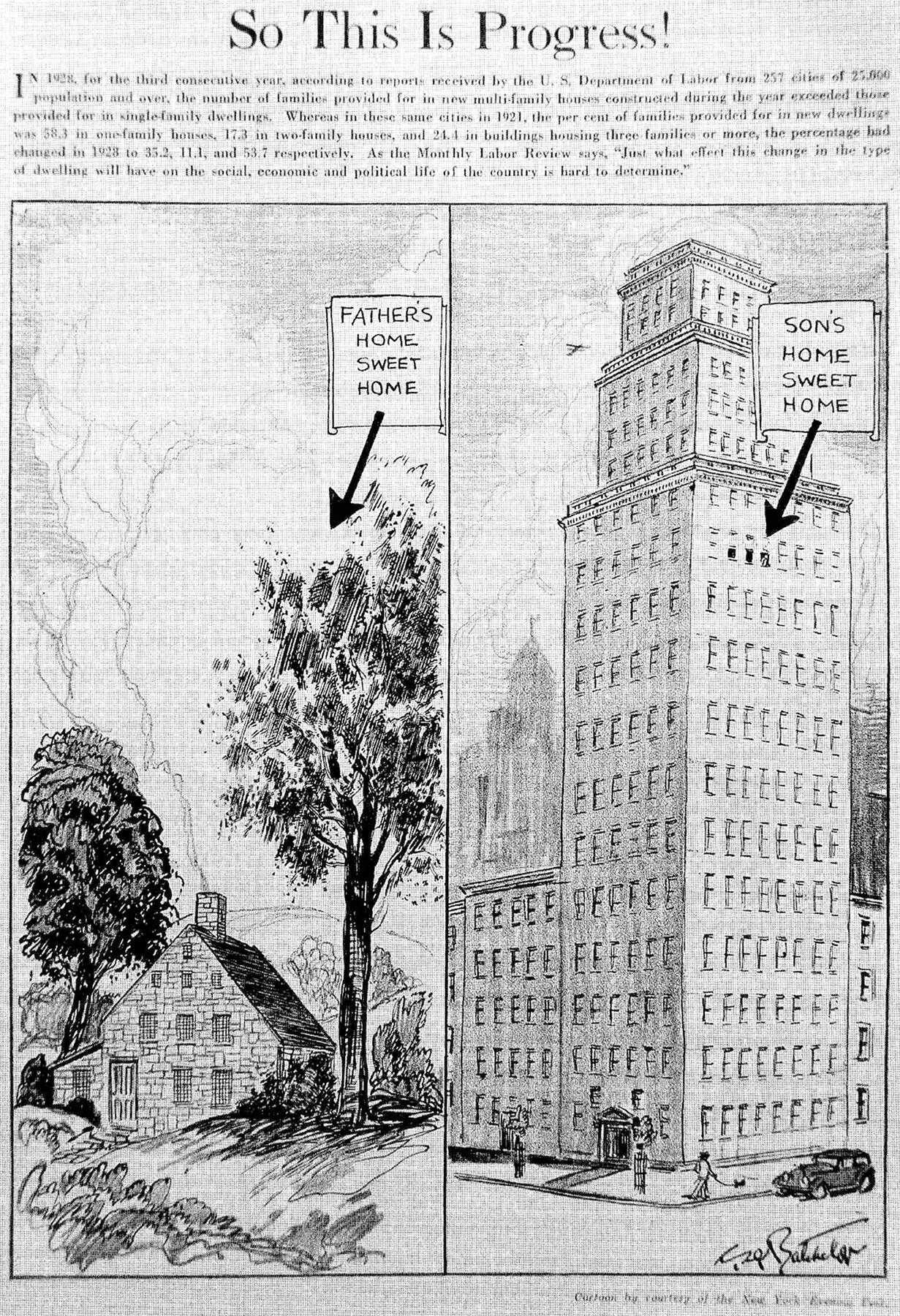
Anecdotes : A Tale of Two Apartments
Over the past few years, I've had two very different living experiences. The first, a 48th floor apartment in the Financial District of New York City. The second, a first floor flat in Park Slope, Brooklyn. I loved living in each of these apartments immensely, but the differences between the two have taught me a great deal about Verticality and its effects on our lives.
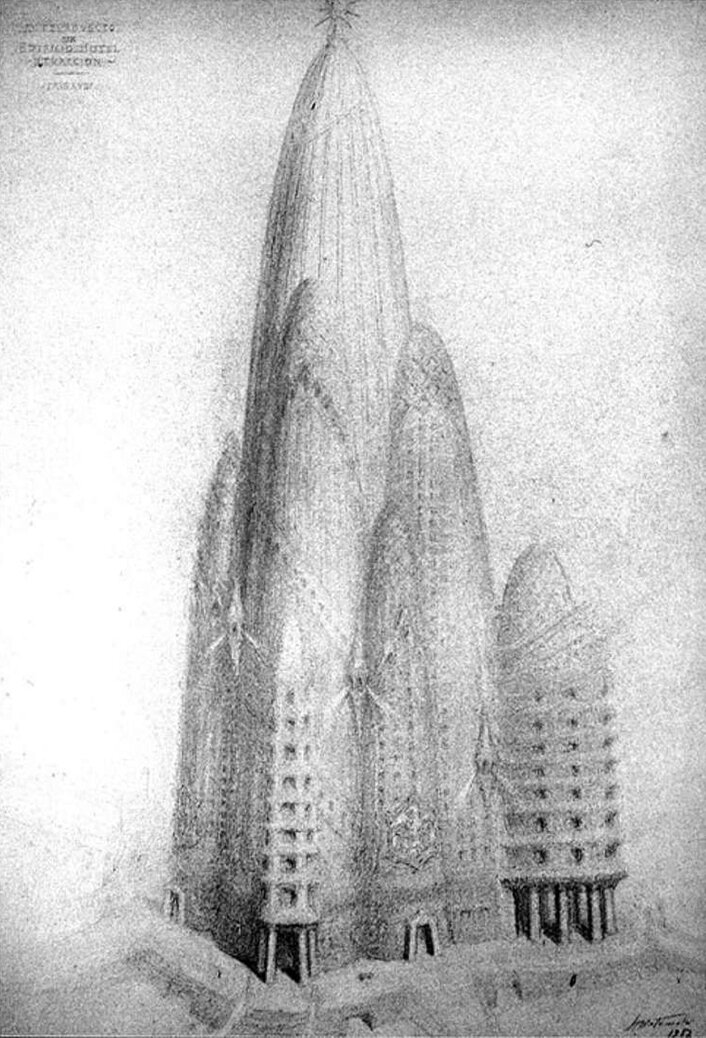
Antoni Gaudí's New York Skyscraper
The Spanish architect Antoni Gaudí is known the world over for his iconic architecture, rich in organic, curvilinear forms. One lesser-known project of his is the Hotel Attraction. It was designed in 1908 for an unspecified site in Lower Manhattan, New York City. The project would have housed a hotel, restaurants, theatre hall, exhibition hall, galleries, and a panoramic lookout at the top, called the 'Space Tower'. If built, it would have been 360 meters, or 1,181 feet tall.
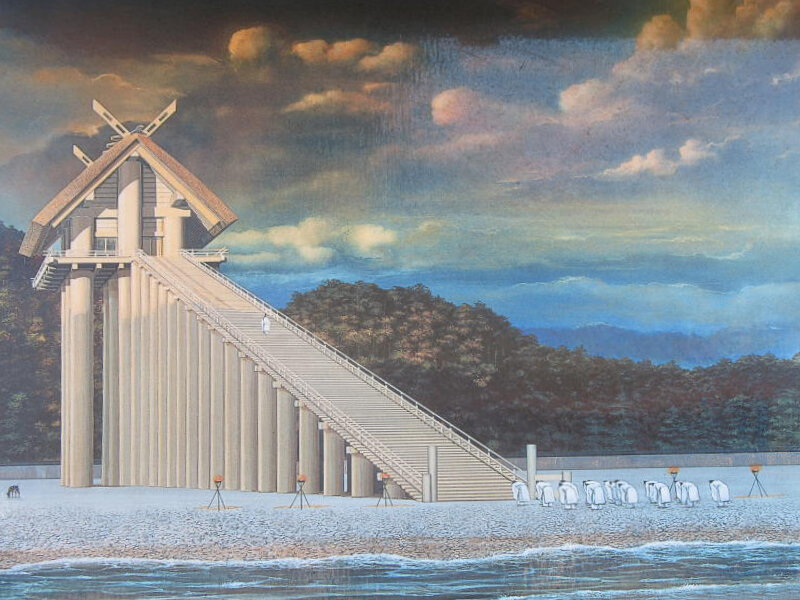
The Izumo-taisha Shrine
The ancient Izumo-taisha Shrine in southern Japan, built sometime around the 10th century AD, has all the ingredients of Verticality in its built form. The structure pictured above no longer exists, and we don't know exactly how it looked, but some records claim that the ancient temple was raised as high as 48 meters above the ground.
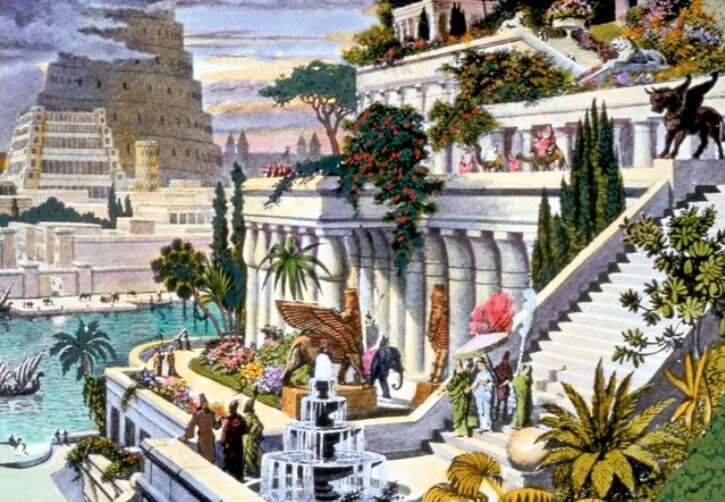
Terracing and the Green Machine
Making meaningful green spaces in high places
Two things that every human being needs are to escape the surface of the earth through Verticality, and to be around plants and vegetation. Ever since the beginnings of permanent shelter and architecture, humans have been attempting to escape the surface by creating and inhabiting high places. We’ve also been repeatedly trying to recreate the experience of the surface by linking these spaces with greenery.
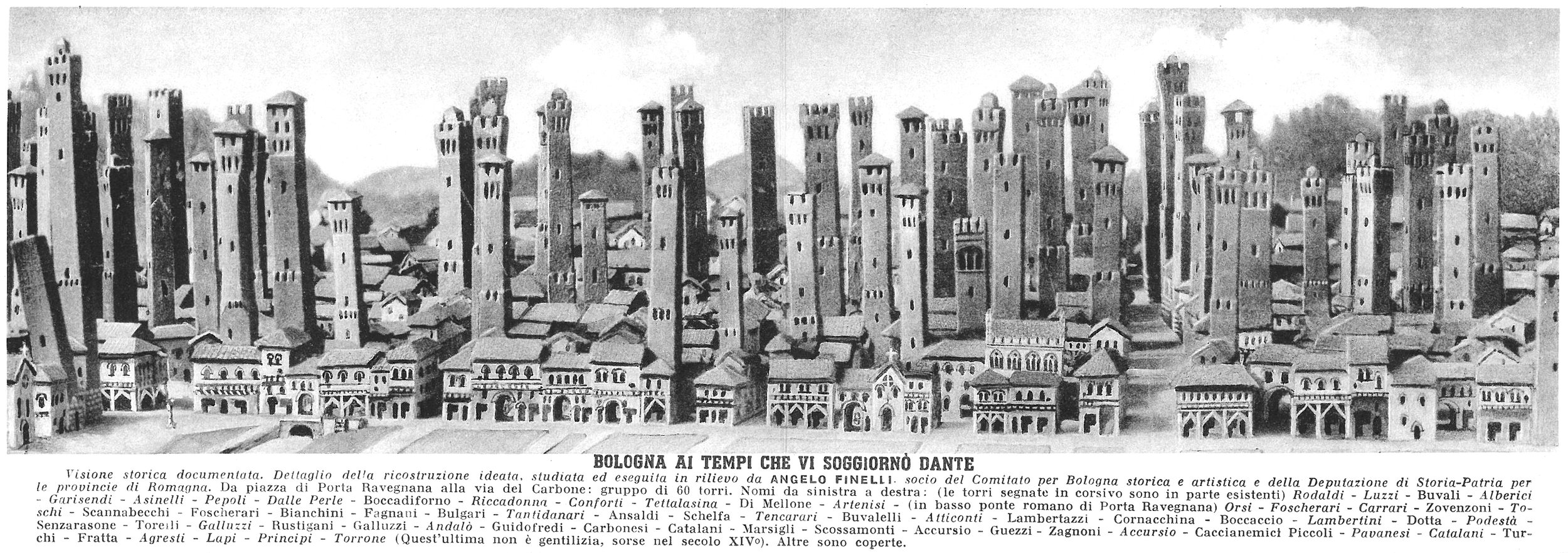
Bologna Rising
Here's a forest of towers in the Italian town Bologna, from the early 20th century. These towers were built as extensions of private homes for wealthy families. Their exact purpose isn't quite clear, but most likely it was a combination of status symbols and as means of defense during uncertain times. The image is quite compelling, with the forest of needle-like towers poking out above the lower buildings of the town below.
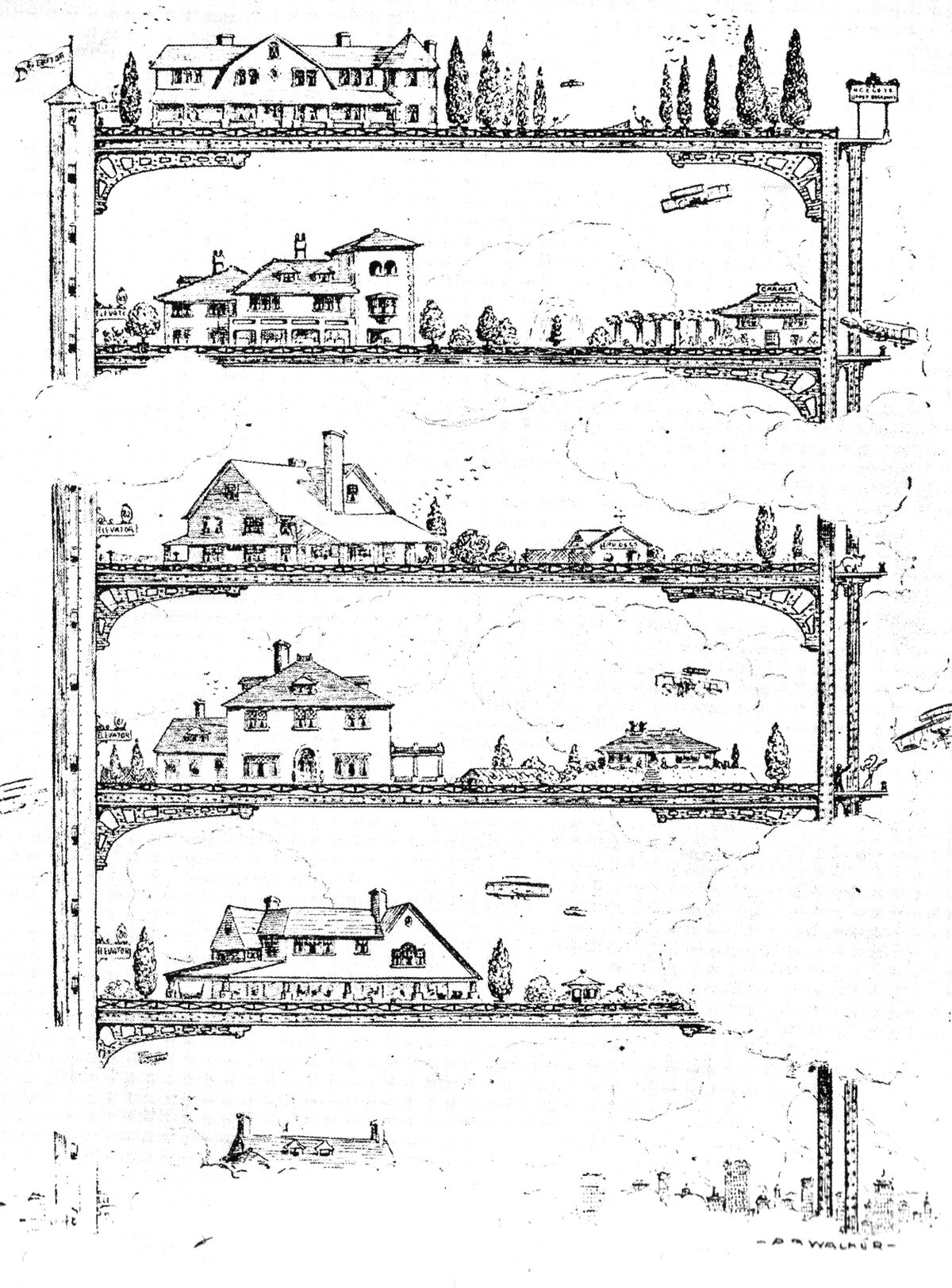
Stacking Suburbia
One of the major challenges with the high places we construct is that we're built for a surface-based existence. The surface is where the action is, and it's where our species has lived and evolved since before we colonized the world. Even the Ancient Romans called their six- to seven-story apartment buildings insulae, which is Latin for island, symbolizing the isolation that comes with living and working away from the surface. The advent of the modern skyscraper brought with it the possibility of living and working far, far away from the surface, which creates a special set of problems. How can we recreate the variety of the surface in the sky?
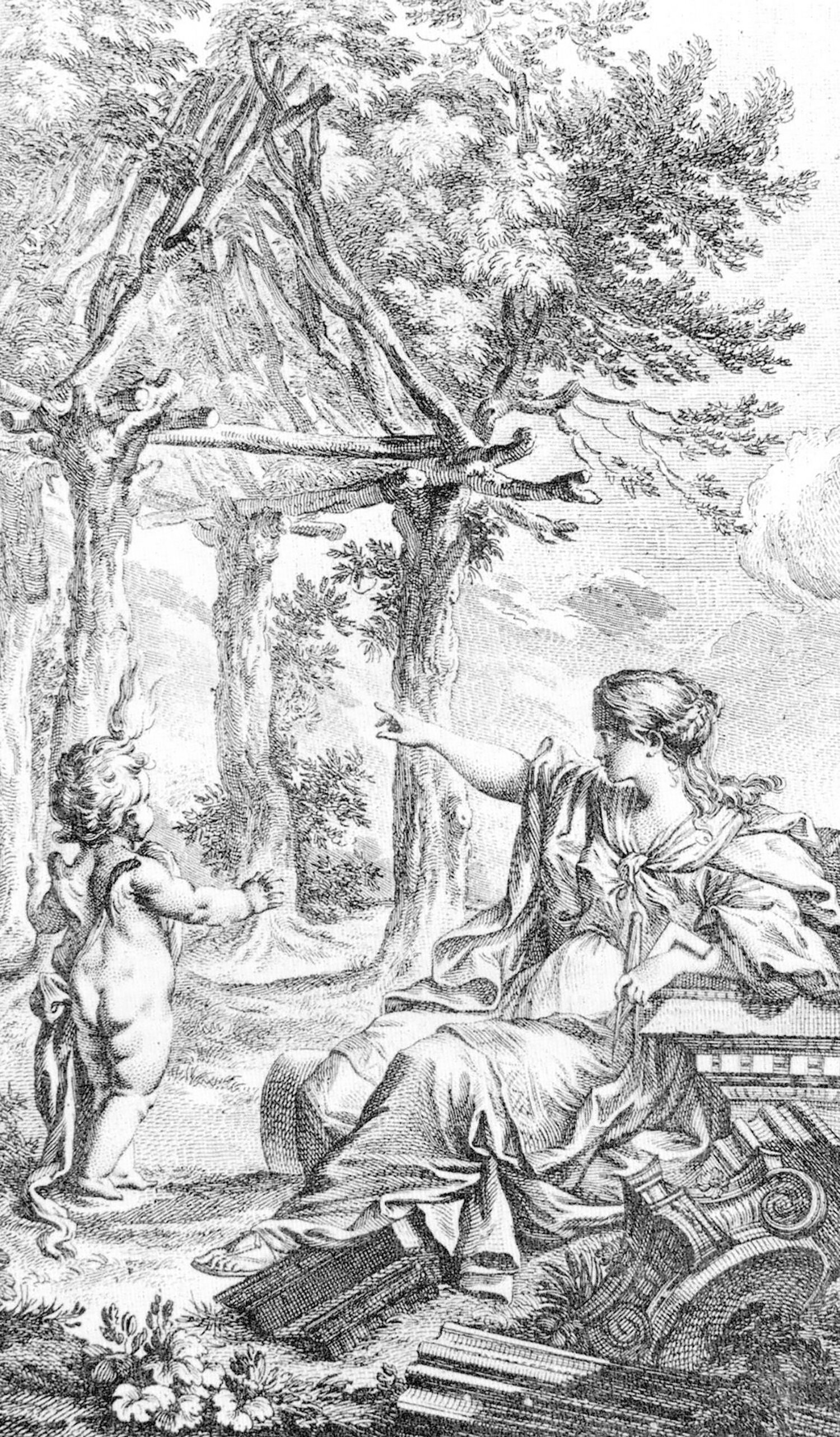
Verticality, Part IV: Beating the System
Homo Sapiens becomes the first animal to escape the food chain
Monkeys and apes are vulnerable creatures. Our source-code was built for a life in the trees, and on our own we lack any natural means of defending ourselves. Compared to other animals that evolved to survive on the savannah, we have no claws or fangs, we’re not particularly quick, and we don’t have natural camouflage. This makes us dangerously vulnerable to predators, and meant we needed to find another evolutionary niche in order to survive. Our answer was power in numbers.
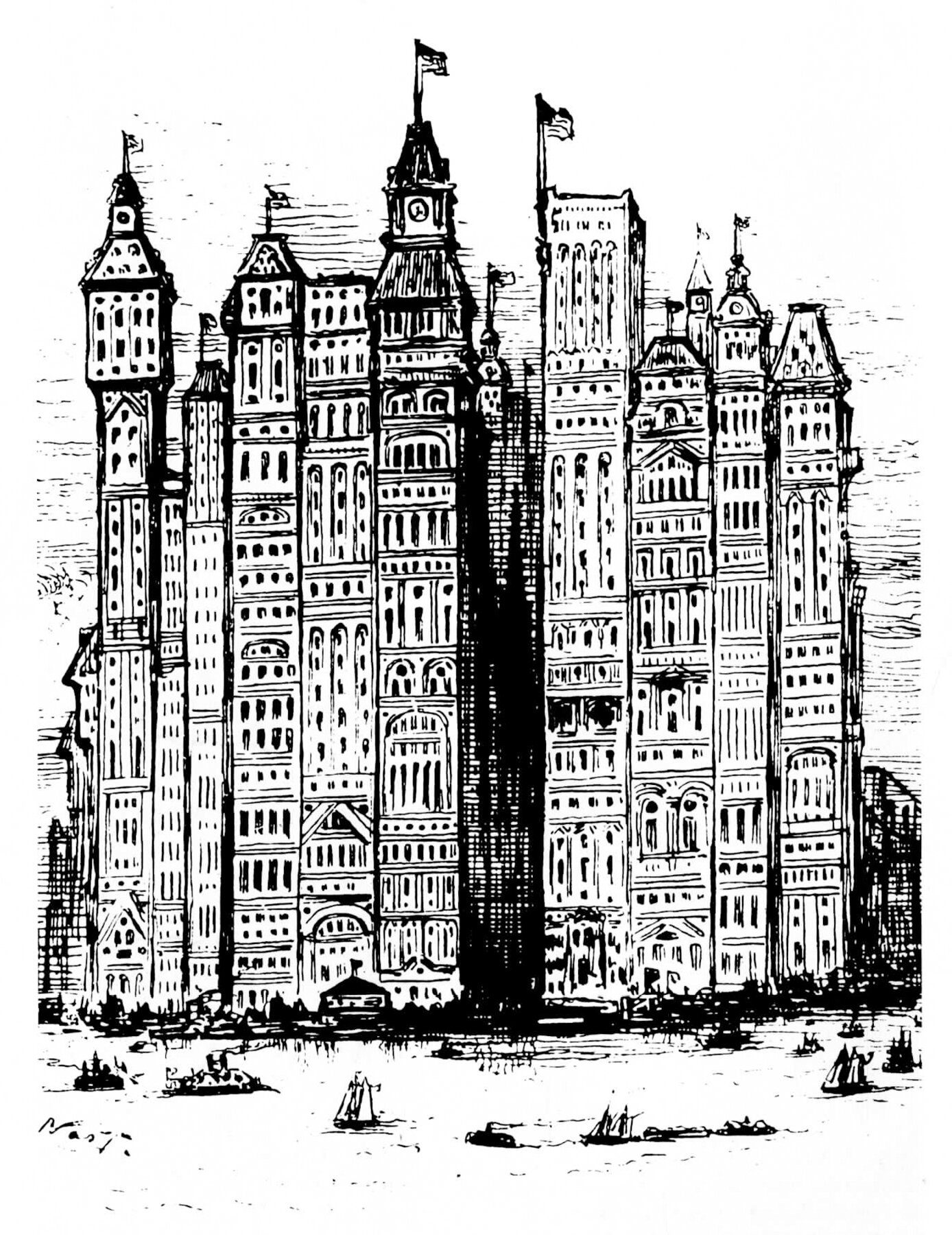
Skylines As Value Indicators
Take a look at this 1881 Cartoon by Thomas Nast for Harper’s Weekly titled New York A Few Years from Now. Nast shows the southern tip of Manhattan Island, jam-packed with a phalanx of skyscrapers. The buildings are pushed so close together it’s hard to imagine where the streets are. Back in the shadows, you can just make out the spire of Trinity Church, which at the time was the tallest building in the country. Nast is being hyperbolic, of course, but the reality of most modern cities isn't far off.
